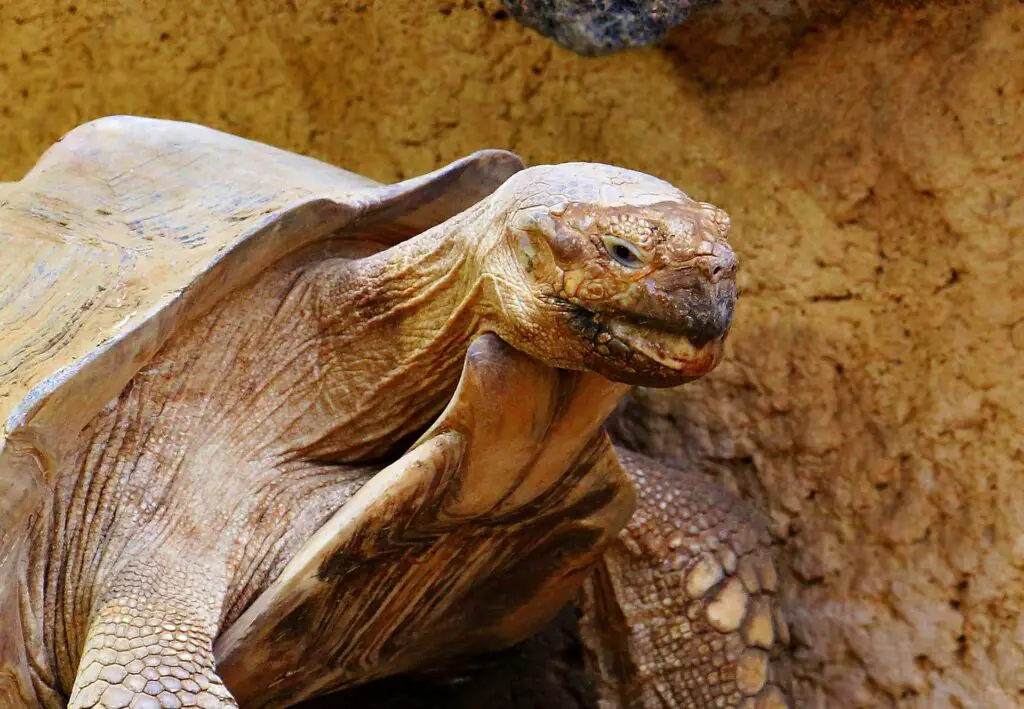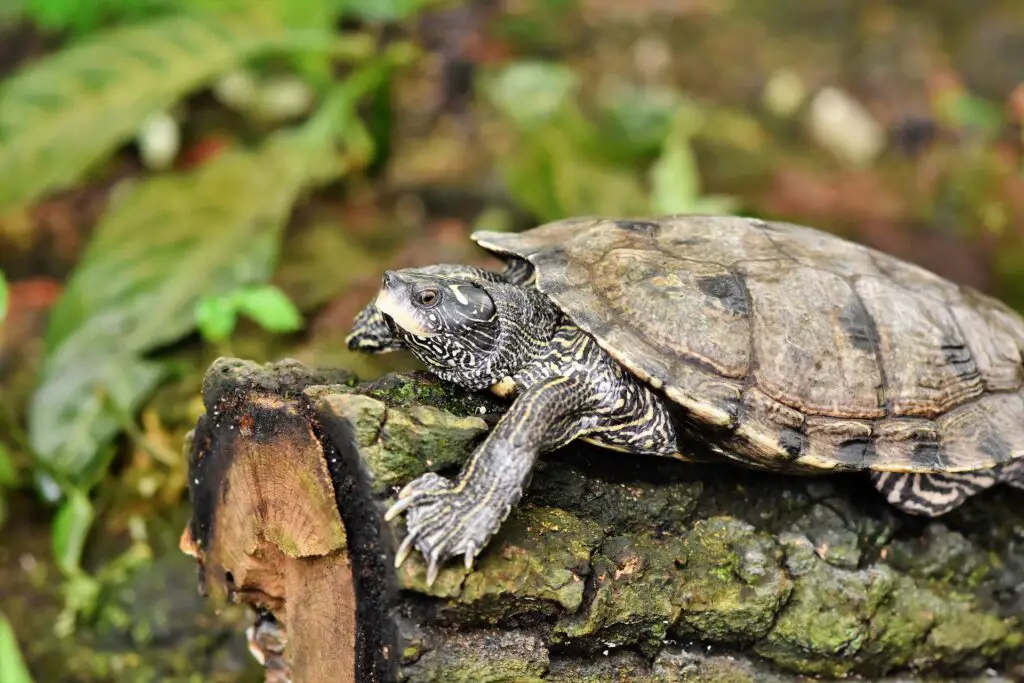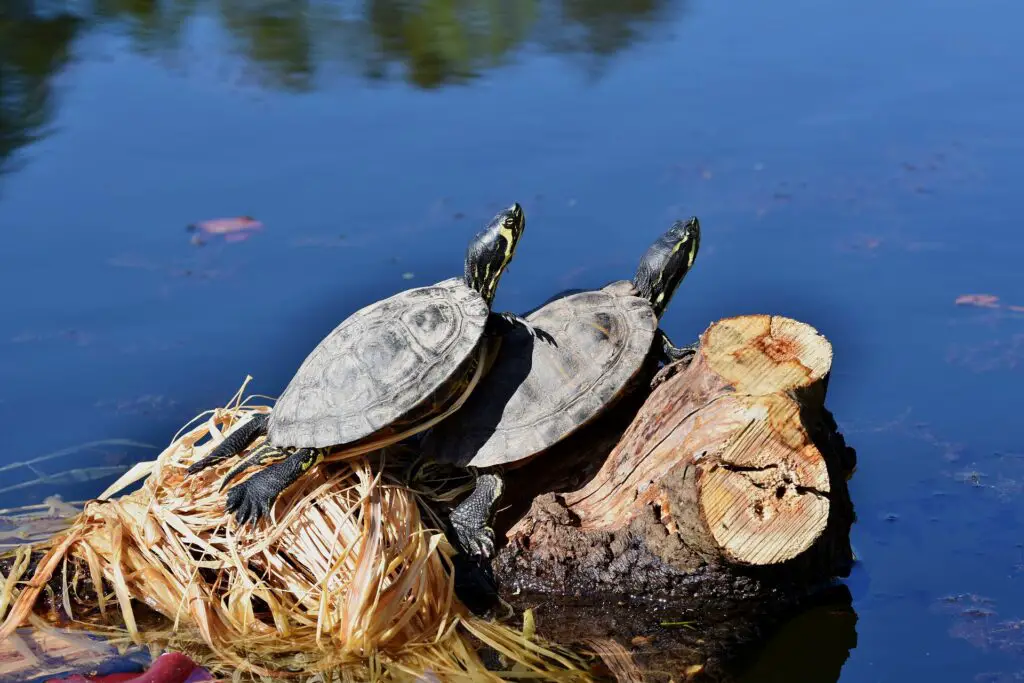The sight of a tiny baby gopher tortoise hatchling is enough to melt any heart. These little shelled wonders, emerging from their sandy nests, represent the future of a fascinating keystone species. But beyond their undeniable cuteness, understanding baby gopher tortoises is crucial for their conservation. One of the oldest species of land tortoises still living today is the gopher tortoise (Gopherus polyphemus), which is one of a group of tortoises found in North America that originated 60 million years ago. They got their name because they could dig large, deep burrows. These creatures are keystone species that play a crucial role in their natural communities because many other species in the ecosystem frequently use their burrows.
Appearance

The gopher tortoise is a terrestrial reptile with elephantine hind feet and forefeet that are well suited for burrowing. The majority of tortoises share these characteristics. The tortoise’s front legs are covered in scales to keep it safe while it burrows. The overall color of this tortoise is dark brown to gray-black, with a yellow plastron (bottom shell). On the anterior plastron, where the head protrudes from the shell, a gular projection is clearly visible. The male gopher tortoise has a concave plastron, whereas the female has a flat plastron, demonstrating their sexual dimorphism. Furthermore, a male plastron’s gular projection is typically longer than a female’s.
Nature’s Tiny Armor
Hatching at a mere 1.5 to 2 inches long, baby gopher tortoises are incredibly vulnerable. Their shells are soft and yellowish-brown, lacking the hardened, gray-brown plates of adults. This makes them susceptible to predators like birds, raccoons, and foxes.
Habits and Lifestyle

The gopher tortoise is a terrestrial reptile with elephantine hind feet and forefeet that are well suited for burrowing. The majority of tortoises share these characteristics. The tortoise’s front legs are covered in scales to keep it safe while it burrows. The overall color of this tortoise is dark brown to gray-black, with a yellow plastron (bottom shell). On the anterior plastron, where the head protrudes from the shell, a gular projection is clearly visible. The male gopher tortoise has a concave plastron, whereas the female has a flat plastron, demonstrating their sexual dimorphism. Furthermore, a male plastron’s gular projection is typically longer than a female’s.
Independent from Birth
Hatchling gopher tortoises are independent from the beginning, in contrast to certain other newborn animals that mainly depend on parental care. After laying their eggs, mothers leave their young tortoises to fend for themselves. For this reason, intact ecosystems with lots of vegetation and little disturbance are essential to their existence.
Nutrition and Diet
Generally speaking, gopher tortoises are herbivores (folivores), meaning they consume low vegetation, primarily grasses, and leaves, with the occasional berry or wild fruit. These tortoises in captivity like the rinds of watermelon and cantaloupe.
DIET Folivore and Herbivore
Life on the Move

Baby gopher tortoises are surprisingly active. They spend their days exploring their surroundings, searching for food and basking in the sun. Their diet consists mainly of low-growing grasses, weeds, and wildflowers, contributing to a healthy ecosystem by dispersing seeds as they graze.
The Burrow Advantage
Baby gopher tortoises naturally excavate their own little burrows as they get older. These tunnels offer protection from the weather and from intruders. Interestingly, they are considered keystone species because their burrowing behavior provides essential underground habitat for over 350 other species.
Habits of Mating

A single male gopher tortoise will mate with several females in a polygynous mating system. With peaks in August and September, mating occurs from April through November. During this period, males will go to the females’ burrows in their colonies and call out to them with short rasping sounds. Fighting between men and women is sometimes seen as a sign of courtship. Eggs are usually laid in a sunny, open area between mid-May and mid-June. In batches of five or six, 1 to 25 spherical white eggs are deposited in holes excavated in the ground. After 100 days, the tiny hatchlings must dig their way to the surface. The temperature at which they incubate determines their gender; females are those that are over 30 ºC, and males are those that are below 30 ºC. Although the parents provide some protection in their long, deep burrows, armadillos, foxes, skunks, and opossums still pose a threat to the hatchlings. Their reproductive maturity ranges from 10 to 25 years.
FORMING ACTIONS
Polygyny REPRODUCTION SEASON: April–November; August–September is the peak
DURATION OF PREGNANCY 80–110 days
PERIOD OF INCUBATION: 100 days
CHILD BEARING 5 TO 9
NAME OF FEMALE female Name of male
NAME OF BABY HATCHLIN
Eggs: WEB.ANIMAL_CLUTCH_SIZE 1-25.
A Slow and Steady Journey
The annual growth of baby gopher tortoises is relatively slow, averaging only one inch. They take about ten to fifteen years to reach sexual maturity, which emphasizes the significance of sustained conservation efforts.
Threats to Tiny Titans

The primary threat to baby gopher tortoises is still habitat loss. Their food sources and nesting grounds may be destroyed by agricultural practices and development. In addition, there is a significant risk from unintentional collisions between cars and lawnmowers.
Total population
The Animal Spot resource estimates that there are roughly 1,674,000 gopher tortoises in the world. As per the resource provided by Defenders of Wildlife, the species’ total population in Florida was estimated to be less than 800,000 individuals in 2003. According to the IUCN Red List, gopher tortoises are currently listed as Vulnerable (VU).
Ecological niche
Among the “keystone species” are gopher tortoises. In addition to the tortoise, other species that have acclimated to the regular fires in their natural habitat find refuge in their burrows, which is extremely important. There are about 400 species of commensals, which are wildlife that either live in their burrows or use them as a place of refuge. The way that gopher tortoises eat is another behavior that benefits the local population. It typically leaves the plants it feeds on healthy and primed to produce new, nutrient-rich growth after it “prunes” them. The seeds it spreads throughout its home range become fertilized.
Protecting Our Future
Thankfully, there are methods that you can assist. Steps in the right direction include building wildlife-friendly habitats in your yard, raising awareness of these fascinating animals, and supporting organizations devoted to gopher tortoise conservation.
Embrace the Wonder
With their small shells and strong will, baby gopher tortoises serve as a reminder of the value of preserving our natural heritage and of perseverance. We can guarantee that these tiny marvels continue to enhance our ecosystems for future generations by raising awareness of them and supporting efforts to conserve them.
Conclusion
In conclusion, baby gopher tortoises may be small, but their role in the ecosystem is mighty. Their burrowing creates homes for countless creatures, and their grazing helps maintain healthy plant communities. However, these tiny titans face significant challenges. By understanding their needs and supporting conservation efforts, we can ensure these adorable shelled wonders continue their fascinating journey for generations to come. So, the next time you encounter a gopher tortoise habitat, appreciate these ancient creatures and take action to protect their future. After all, a healthy ecosystem starts with the tiniest of beginnings.
